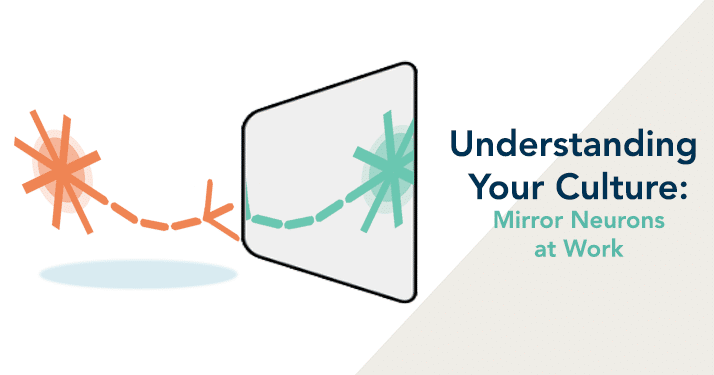
Based on a True Story
Imagine a cage full of monkeys, a bunch of bananas hanging from the ceiling, and a ladder leaning on a nearby wall. Soon, a monkey decides to move the ladder under the bananas to better reach them. However, when that monkey starts to climb the ladder, all monkeys are sprayed with cold water by a researcher. After a few attempts, the monkeys begin to prevent the other monkeys from getting on the ladder so that they won’t get sprayed with cold water.
This is not surprising. What is surprising is what happens when they begin replacing the original monkeys with new ones. Upon introducing the first new monkeys, the original monkeys block the new ones from getting on the ladder. Even more interesting is what happens after all the original monkeys are replaced with new ones – the experienced new monkeys prevent the other new ones from getting on the ladder. Why? “Because that’s the way we do things around here.” This story illustrates how cultural norms and behaviors can persist, sometimes for generations, and often without questioning their origins. Think of examples you have experienced at work.
Mirror Neurons and Social Learning
Mirror neurons are neurons that fire when we observe others’ behaviors, mirroring their actions as if we were engaged in the same behavior ourselves. This biological phenomenon explains why people in organizations tend to adopt certain behaviors and norms by observing their colleagues and leaders. For example, do we start meetings right on time or a little late? Do we ask questions in meetings or wait until after the meeting? Do we reward collaboration or individual performance more? These behaviors are often rooted in traditions that can date back for years or decades. Leaders tend to get what they model, reward, or tolerate as these actions send powerful messages to employees through mirror neurons that allow them to deeply embed those ways of behaving.
Neuroplasticity: All Culture Change is Biological.
Since our behaviors come from the neural connections we’ve made in our brain, the only way to reliably shift behaviors is to make new connections. Neuroplasticity refers to the brain’s ability to rewire itself, forming new connections and changing its structure. Neurons that fire together, wire together. It is powerful to know that whatever we consistently put our energy into, think about, and practice behaviorally becomes stronger. This phenomenon is essential for understanding how habits, behaviors, and culture can be transformed. The concept of neuroplasticity emphasizes the need for leaders of organizations to be deliberate in designing and leading their culture to adapt to the rapidly changing business environment.
Four key culture shifts
In speaking with CEOs around the world, we currently see four key cultural shifts that are important for organizations to make.
- Accountability – develop an organization of go-to people who are proactive and plan for things to go right (rather than blame others for things that go wrong).
- Collaboration – organizations increasingly require more collaboration across silos to improve efficiencies, quality, and customer focus.
- Innovation – due to rapid changes in most markets, organizations need new ideas and lots more of them.
- Alignment – helping teams to clarify and align their direction to better align their influence on the organization
To learn more, read “The Art and Science of Culture. The Power of Seeing What’s Hidden” by Chad Carr and Matt Herzberg. http://artandscienceofculture.com.
Copyright © 2024 Principled Transformation LLC – All Rights Reserved. | Privacy Policy


